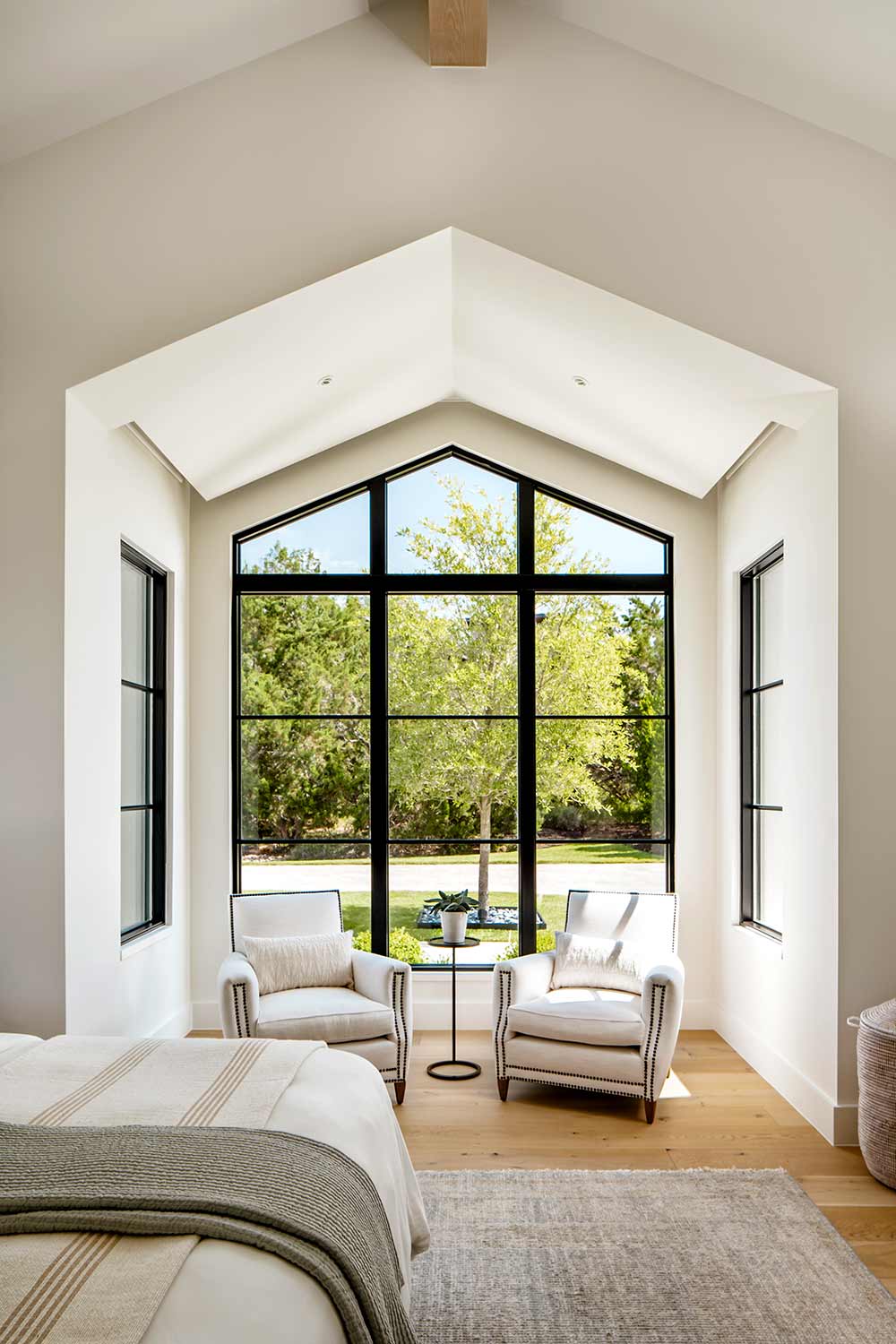
Sustainable design is not just a buzzword, it’s a necessity in today’s world. Sustainable design can be incorporated into any architectural project in a number of ways. In this article, we will explore the impact of sustainable design on the environment, health, and economics. Let’s dive in!
sustainable design can be incorporated into any architectural project in a number of ways
Introduction to Sustainable Design
Before we discuss the benefits of sustainable design, let’s understand what it is. Sustainable design is the practice of designing buildings, spaces, and products that meet the needs of the present without compromising the ability of future generations to meet their own needs. It takes into account environmental, social, and economic factors. Sustainable design focuses on reducing waste, using renewable resources, and promoting healthy living.
Benefits of Sustainable Design
Environmental Benefits
Incorporating sustainable design into your architecture projects can significantly reduce the negative impact on the environment. By using renewable resources and reducing waste, you can reduce greenhouse gas emissions, conserve natural resources, and improve air and water quality. Sustainable design also promotes biodiversity and reduces the risk of environmental disasters.
Health Benefits
Sustainable design not only benefits the environment but also promotes a healthier lifestyle. By incorporating natural light, indoor plants, and proper ventilation, you can improve the air quality of your building. This can reduce the risk of respiratory diseases, allergies, and other health issues. Sustainable design also encourages physical activity by promoting walking and cycling.
Economic Benefits
Sustainable design may seem expensive initially, but it can save you money in the long run. By using renewable resources, you can reduce energy and water bills. Sustainable design also improves the longevity of buildings, reducing maintenance and repair costs. Additionally, sustainable design increases the value of buildings and can attract more tenants and clients.
Examples of Sustainable Design in Architecture
Sustainable design can be incorporated into any type of architecture project. We have plenty of tips for mastering custom home architecture but here are a few examples:
Passive Solar Design
Passive solar design utilizes natural sunlight to heat and cool buildings. It reduces the need for artificial lighting and heating, reducing energy bills.
Green Roofs
Green roofs are covered with vegetation, reducing the urban heat island effect and improving air quality. They also reduce stormwater runoff and provide insulation.
Renewable Energy
Incorporating renewable energy sources like solar panels, wind turbines, or geothermal heating systems can significantly reduce energy bills and greenhouse gas emissions.
Conclusion
Incorporating sustainable design into your architecture projects has numerous benefits for the environment, health, and economics. It reduces negative impact on the environment, promotes healthier living, and saves money in the long run. We encourage you explore how our Custom Home Architects in Austin are innovating space. By using examples like passive solar design, green roofs, and renewable energy, you can inspire your clients to invest in sustainable design. Let’s work together to create a better future for generations to come.


